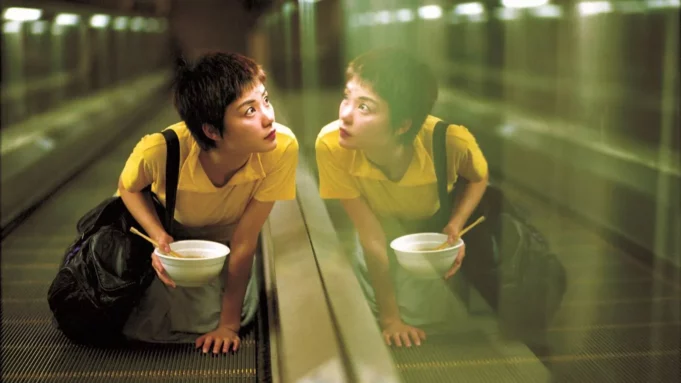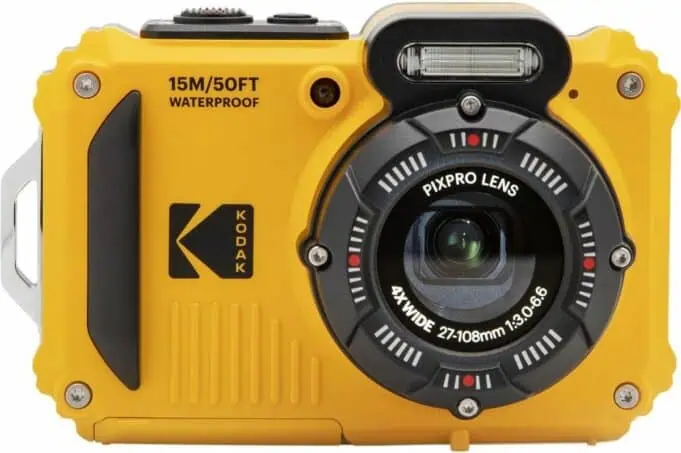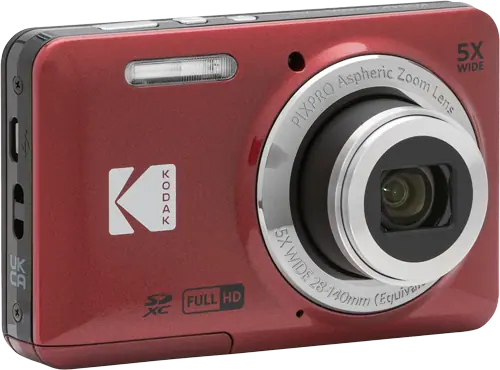Maybe specs aren’t everything?
These days it seems all things vintage and retro and the cool kids. Take video games. Retro gaming and that nostalgia associated with re-visiting video game titles from decades ago is a massive thing right now. Even for those new to iconic consoles such as the NES, Super Nintendo, Sony PlayStation and Sega Genesis, and their handheld counterparts in the GameBoy/Color/Advance, and Sony PSP, among many other classics. Strong story-telling, it would seem, rises above all, including dated tech specs.
And so it’s maybe no surprise that the trend continues across other product categories.
Cameras and photography is a good example. Reports indicate that old Kodak cameras are selling well now in Japan. Even beating out all the fancy new stuff we have so readily available.
Firm BCN+R reports that Kodak achieved 22.5% share in April, surpassing Canon, Sony and Fujifilm.
Popular models driving the sales success include the Kodak PixPro FZ55 ($119 USD), FZ45 ($99) and WPZ2 ($179).
Essentially these are compact, all-in-one style cameras that are inexpensive compared to, say, interchangeable lens cameras. You can charge them up (or in the case of the FZ45 add two double AA batteries) and simply throw them in a travel bag, purse or even pocket, and be ready to capture the moment without worrying about lenses, rigging and various other bits and pieces.
It’s worth noting that these camera models aren’t themselves “old” rather they’re fairly new releases that embrace the past in terms of design, performance and price. One look at the design and you may see a glimpse of early to mid 2000’s look and feel. A time before the imminent launch of the iPhone and 2007 and the ascent of the phone camera and computational photography that is forever changing the market.
A Good Photograph is a Good Photograph

Yes, retro is cool. But perhaps the lesson here is that a good photograph is simply that: a good photograph.
Maybe it doesn’t matter if it’s taken on the latest, fancy Canon, Sony or Nikon camera. Maybe it’s the composition, the character, the story that pushes it over the top.
I’m sort of reminded of legendary Hong Kong filmmaker Wong Kar-wai. Take his beloved Chungking Express (1994). Surely that thing could have been shot on a Banana Phone (ring, ring, ring…). A deliciously expressionistic and endlessly stylish comedy-drama, Kar-wai boldly rips out the pages of the traditional cinematography handbook to forever change the rules. And it’s a glorious thing to behold. Worldbuilding never looked this good before.
Would Wong Kar-wai’s films be even better if they were shot in 8K or 12K or 48K?
I’m guessing not. Probably the opposite in fact.
Pixel Art can be astonishing beautiful. I suspect the artist’s intention and talent shines above all else, and, in many cases, photo-realism is its death knell.



